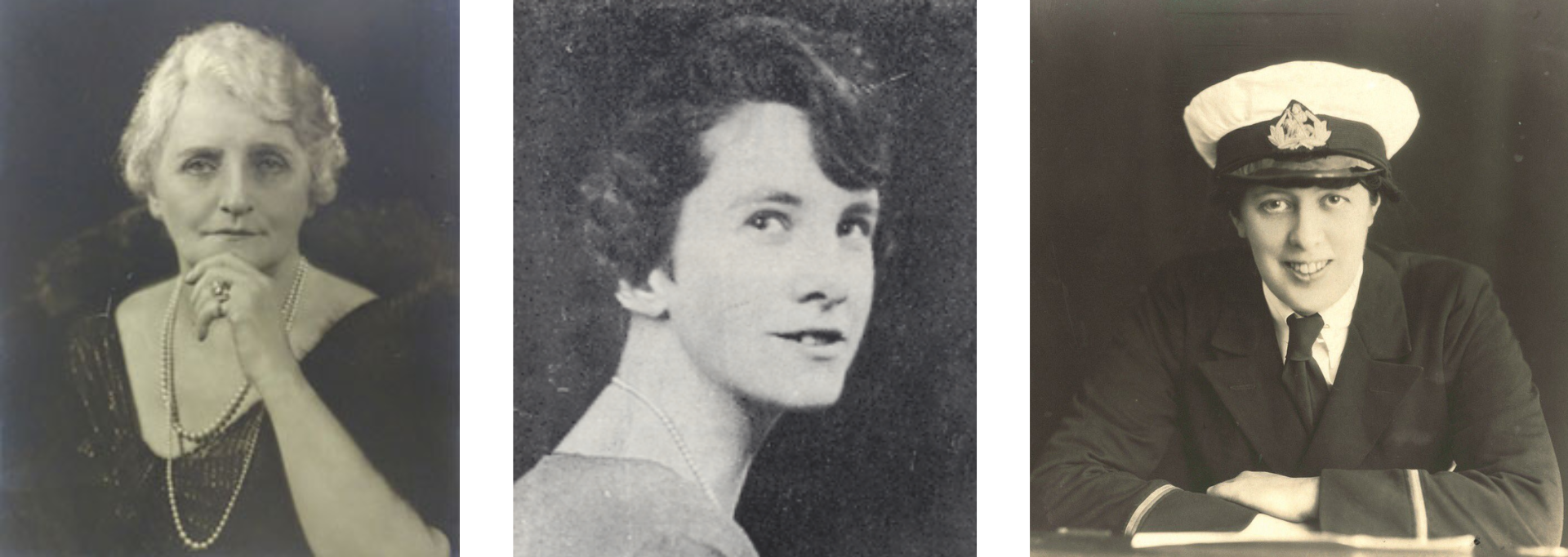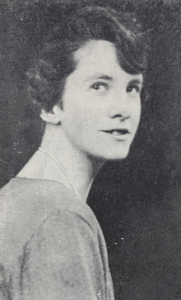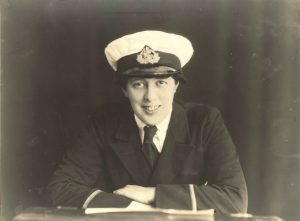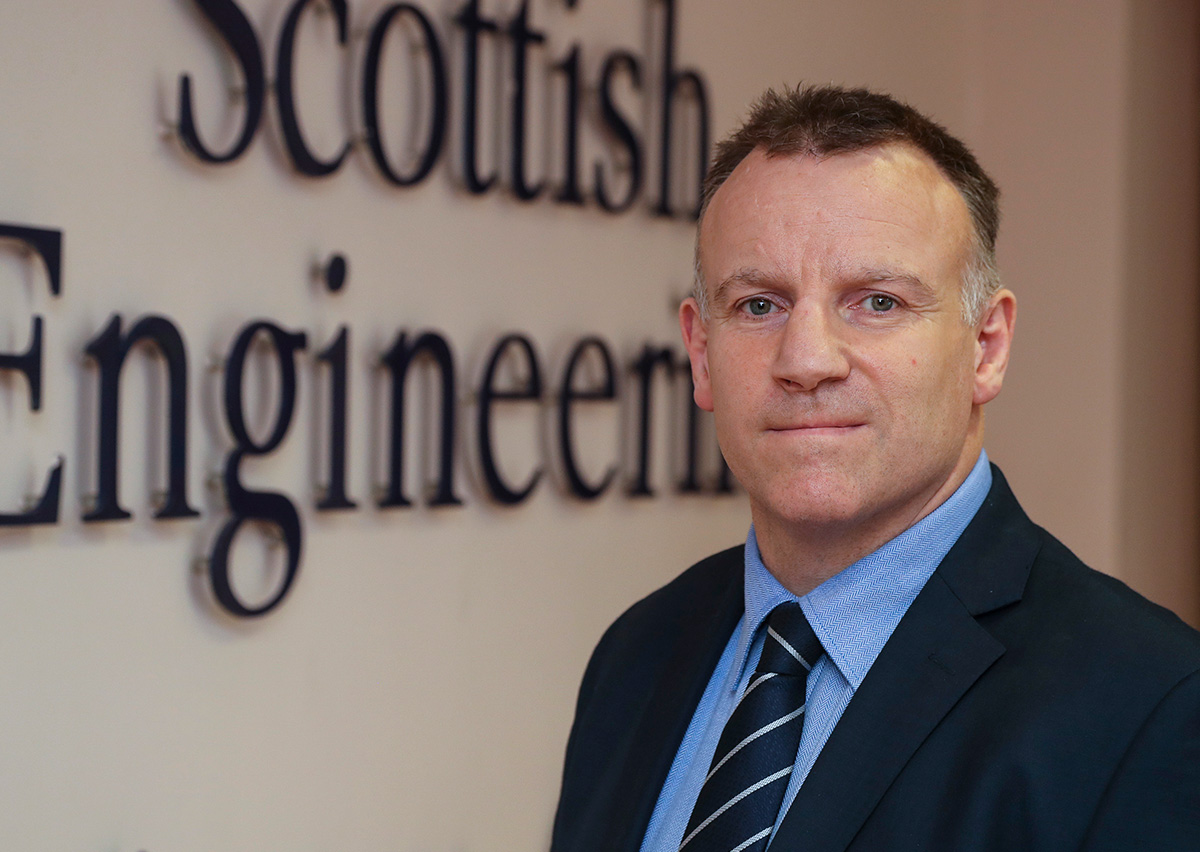
International Women’s Day – Some Scottish women that have shaped our industry
The 8th March is International Women’s Day and it is a chance for us all to reflect on what more we can do to create a gender equal world, free of bias, stereotypes, and discrimination. The purpose of the day is not only to reflect and consider what more we can do, but also to celebrate. Celebrate the achievements, resilience and genius of so many incredible women, that have played a fundamental role in our industry and our world becoming what it is today. We would like to take this time to introduce you to three Scottish Ladies that have shaped engineering into what it is today.
MARGARET, LADY MOIR OBE
Born in Edinburgh in 1864, Margaret became heavily involved in the engineering world initially through her husband Ernest’s work, but made her own distinct mark on the profession.
Training and working as a lathe operator, Margaret also organised the Women Relief Munition Workers, where educated women provided weekend relief for weekday staff, and aided the munitions effort of the First World War. However, following the war, Margaret found herself frustrated by the return of women to their domestic lives, so her and her peers created the Women’s Engineering Society in 1919. By 1930 an engineering course specifically for women was in operation across several polytechnics thanks to the society.
She recognised that beginning a career in engineering alongside the demands of running a household was challenging, leading to her presidency of the Electrical Association for Women, which promoted the potential of electric appliances in easing the labour required for chores.
The Women’s Engineering Society still operates today, acting as a networking space for female scientists and engineers.

DOROTHY DONALDSON BUCHANAN
Dorothy Donaldson Buchanan was born in Langholm, Dumfriesshire in 1899 and was awarded a degree in Civil Engineering from the University of Edinburgh in 1923. She went on to become the first female chartered engineer, after qualifying for membership to the Institution of Civil Engineers in 1927.
Her journey began following her graduation when she travelled to London to work with Sir Ralph Freeman, working in the design and drawing offices for the Sydney Harbour Bridge project.
Buchanan went on to work for contractors S. Pearson & Sons at the Belfast Waterworks Scheme on the Silent Valley Reservoir project in Northern Ireland, providing her with the necessary on-site experience needed to satisfy the qualification requirements to become a chartered engineer. She then returned to London where she worked for Dorman Long in, the design office on the George V Bridge project in Newcastle, Lambeth Bridge project in London, and the Dessouk and Khartoum bridges in Sudan. It was during this time that she successfully sat her exams and became the first woman in Britain to become a qualified civil engineer.

VICTORIA DRUMMOND
Victoria Drummond was the first British female Marine Engineer in the UK, born in Megginch Castle, Perthshire in 1894, and was a goddaughter to Queen Victoria.
During World War 1, Victoria had the opportunity to begin an apprenticeship in Northern Garage, aged 21. She then moved on to Caledon Shipworks in Dundee – where she was the only woman in a company of 3000 men.
Victoria studied at Dundee Institute of Technology as an apprentice. Once qualified, Victoria set sail on a merchant ship for the Blue Funnel Line Vessel, the SS Anchises as tenth engineer. Victoria met much prejudice and found it hard to find work during the depression, which may be the reason why she failed the chief engineers exam 37 times.
Undeterred, Victoria achieved her chief engineer’s certificate from Panama. Victoria served on board ship, on the SS Bonita in 1940 and was attacked by a German bomber. Victoria sent all other engineers away and stayed below deck keeping the engines running during the attack, arriving in the USA a heroine.
She was awarded an MBE and the Lloyd’s Medal for Bravery at Sea. Victoria continued her career in Dundee and Burntisland as a superintendent of shipbuilding and became a chief engineer. She returned to sea before retiring in 1962, aged 68.
Victoria Drummond was not only the first woman to to serve as a chief engineer in the Merchant Navy, but the first woman to become a member of the Institute of Marine Engineers. She was a courageous and determined woman who was a trailblazer for women in Marine Engineering – and if you’re in the area, there’s a plaque in her memory outside Abertay University in Dundee.







